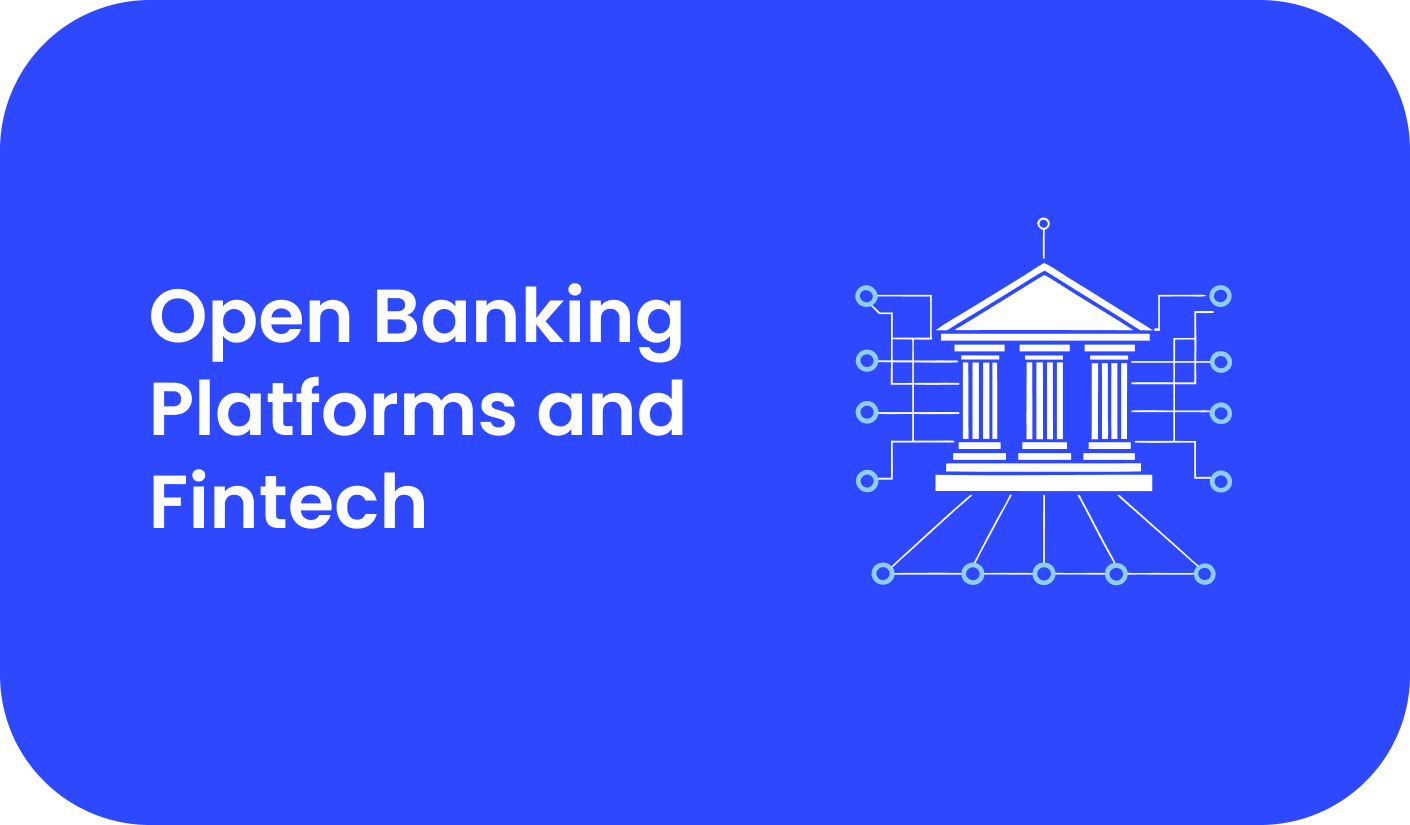Introduction
By 2024, over 68 million people globally were using open banking services, according to Statista. That number keeps growing as fintech companies redefine how financial data is accessed and used. For businesses in financial services, understanding how to leverage an open banking platform is no longer optional—it's essential.
Fintech open banking strategies allow firms to build smarter apps, reduce onboarding time, and automate everything from lending to compliance. But to do that effectively, you need the right infrastructure, APIs, and partnerships. In this guide, we'll break down the fundamentals of open banking fintech collaboration, including the platforms, use cases, and challenges that come with it.
What is Open Banking?
Key Principles
Open banking refers to a system where banks and financial institutions provide secure access to user data through APIs, usually under regulatory frameworks like PSD2 or Open Banking UK.
The Role of APIs
APIs allow authorized third parties to:
- Retrieve bank account data
- Initiate payments
- Verify identity and income
This infrastructure underpins nearly all open banking solutions used by fintech companies today.
How Open Banking Powers Fintech Innovation
Streamlined User Experience
Fintechs use open banking APIs to create seamless signup, funding, and KYC processes. Real-time data replaces PDFs and manual input.
Smarter Credit Risk Models
Access to transaction data allows lenders to assess cash flow, spending habits, and financial health in minutes.
Embedded Finance
Fintech open banking tools let non-financial platforms embed payment, lending, or insurance services directly into their apps.
Choosing the Right Open Banking Platform
Features to Look For
When selecting an open banking platform, prioritize:
- Regulatory compliance coverage (e.g. PSD2, UK Open Banking, Berlin Group)
- Scalable API infrastructure
- Support for multi-market data aggregation
- Developer-friendly documentation
Leading Providers
Some of the most widely used open banking platforms include:
- TrueLayer
- Tink (Visa)
- Plaid
- Yapily
Each offers varying degrees of API scope, geographic reach, and integration support.
Common Open Banking Solutions for Fintechs
Use Cases
- Account aggregation dashboards
- Identity verification and fraud prevention
- Instant account-to-account payments
- SME lending automation
Integration Models
Fintechs typically integrate open banking through:
- Direct APIs from regulated providers
- SaaS-based orchestration layers
- Core banking system plugins
Challenges and Risks
Regulatory Hurdles
Operating across borders requires alignment with multiple data privacy and financial regulations.
Security and User Trust
Fintechs must ensure that all API connections are encrypted, auditable, and GDPR-compliant.
Dependency on Third-Party APIs
Downtime, pricing changes, or limited coverage from a chosen open banking platform can disrupt product delivery.
Final Thoughts
Open banking isn't just a feature—it's the foundation of most fintech business models today. By choosing the right open banking solutions and aligning them with your infrastructure, you can create more powerful, secure, and user-friendly financial services. Want to explore how to integrate open banking into your licensed fintech venture? Reach out to our team for tailored guidance.
Book a Free Consultation https://bmpglobal.io/book-meeting














